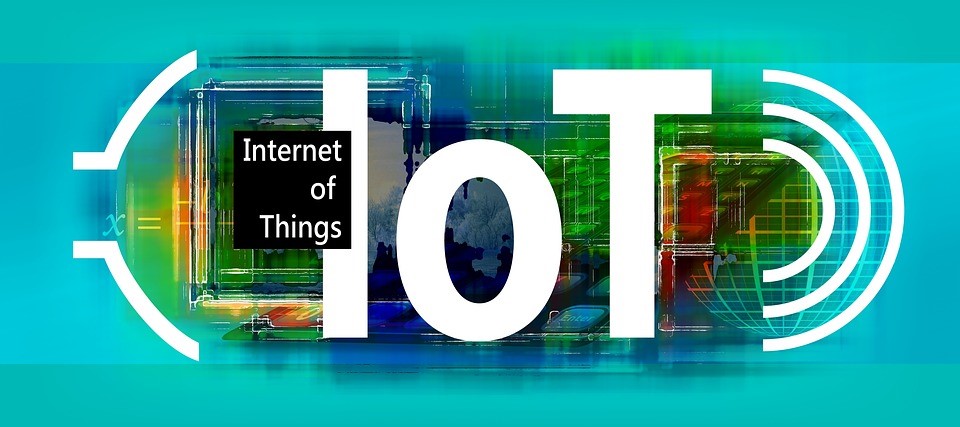The last decade has seen the Internet evolve in leaps and bounds – specifically in technologies pertaining to the cloud, big data, and pay-for-play computing services. Amazon Web Services officially launched in 2006; prior to that, on-demand utility computing services were only prevalent in university labs and high-end enterprise data centers. These days, anyone can deploy and run a virtual data center in the cloud, as cloud computing pricing models allow customers to pay only for what they use, and scale their usage up or down based on demand and/or budget. A decade ago, the Internet was still shaken up by the dot-com bust; today, the technology sector is on the cusp of another paradigm shift toward cloud ubiquity, Big Data, and the Internet of Things (IoT).
Then And Now: IoT, and Big Data, and Cloud Computing
Analysts predict by 2025, IoT will be bigger than the collective smartphone, tablet, and PC markets. This is not surprising, especially if one looks at recent developments for indicators. In 2014 there was an explosion of connected wearables like the Apple Watch and Samsung Gear S, as well as automated home products such as the Nest thermostat and DropCam. The current IT environment is ripe for these types of innovations – a decade ago, the mobile revolution was just underway, and the idea of using the software “as a service” was only starting to enter the consumer’s consciousness. Both the cloud and Big Data arose out of the ever-intensifying data and connectivity requirements brought on by the rise of mobile and social. In 2006, Facebook was first opened to the public; by the end of 2016, the social network had 1.65 billion monthly active users.
A Future of Lower Costs
In the last 10 years, the Internet has changed in several fundamental ways, some of which include the volume of users and use time, types of devices connected, and mission-criticality of usage patterns. A decade ago, the smartphone market was still sans-iPhone, and without any viable mobile app ecosystems. The explosion of mobile users was spurred on by the emergence of inexpensive, highly personalized software for smartphones, as well as an ever-broadening variety of inexpensive devices running Google’s Android mobile operating system. Just a few years ago, Internet use was still primarily conducted on the desktop/laptop; today, the opposite is true – 60% of Internet users now originate from mobile devices worldwide.
For Internet consumers, the outlook is bright: the price of connectivity will continue to plunge as cloud infrastructures drive telecommunication overhead costs down. Just as VoIP has disrupted the cost structure of telecommunication services forever, further technological disruptions down the line will result in higher quality services becoming accessible and available to more users at a lower cost.
This falls directly in line with our goal at GoneVoIP: to provide the best method to chose telecommunications services, hassle-free, allowing more people to get online and access the content and services they love.
Distributel is a modern, independent service provider that offers the best range of services, ensuring we deliver the right technology to the right address every time. With almost 30 years of experience providing telecommunications services to Canadians, GoneVoIP offers a unique consultative approach to the services it offers. We aim to always provide the service that is the ultimate competitive solution for each individual customer, at preferential pricing vs. the carriers, for the value that is best in class. GoneVoIP offers the best overall value in the industry, delivered through a combination of service quality, a range of offered provider plans, and price.


